Search
Remove Ads
Advertisement
Summary 
Loading AI-generated summary based on World History Encyclopedia articles ...
Search Results
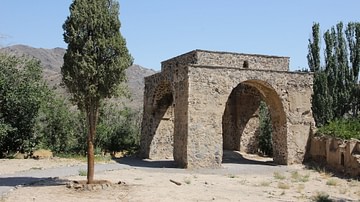
Definition
Fire Temple
Fire Temples are places of worship in the Zoroastrian religion. They were known as ataskada (“house of fire”) by the Persians but are best known today by their Greek name pyratheia (fire temple). They are thought to have originated from the...
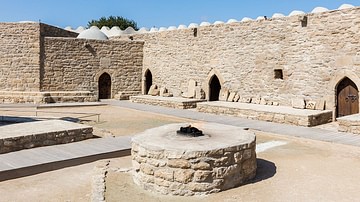
Image
Fire Temple
Baku Ateshgah or the Fire Temple of Baku, Azerbaijan.
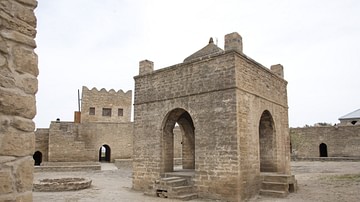
Image
Ateshgah Fire Temple
Ateshgah Fire Temple, Azerbaijan.

Image
Natanz Fire Temple
Sassanian Fire Temple, Natanz, Iran.
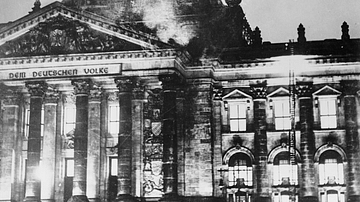
Definition
Reichstag Fire
The Reichstag fire of 27 February 1933 was a possible arson attack on the German parliament building. The fire was blamed on a communist anarchist Marinus van der Lubbe (1909-1934), but it may have been the work of the Nazi party's paramilitary...
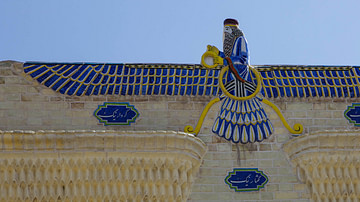
Image
A Faravahar Symbol in a Fire Temple
A Faravahar or Frawahr symbol in a Zoroastrian Fire Temple in Yazd, Iran, one of the symbols adopted by Zoroastrianism.
This symbol represents a winged guardian or fravashi, an angelic being of the Zoroastrian religion.
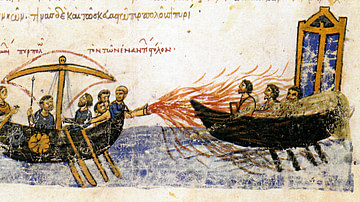
Definition
Greek Fire
Greek Fire was an incendiary weapon first used in Byzantine warfare in 678 CE. The napalm of ancient warfare, the highly flammable liquid was made of secret ingredients and used both in catapulted incendiary bombs and sprayed under pressure...

Definition
St. Anthony's Fire
St. Anthony's Fire (SAF) is an illness brought on by the ingestion of fungus-contaminated rye grain causing ergot poisoning (ergotism). The disease's common name derives from the medieval Benedictine monks dedicated to that saint who offered...
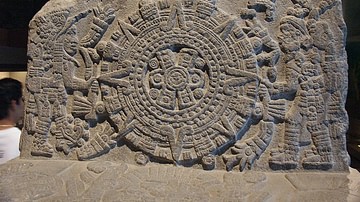
Article
The Aztec New Fire Ceremony
The New Fire Ceremony, also known as the Binding of the Years Ceremony, was a ritual held every 52 years in the month of November on the completion of a full cycle of the Aztec solar year (xiuhmopilli). The purpose of it was none other than...
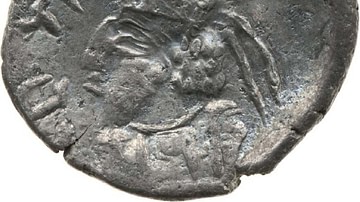
Definition
Mithra
Mithra is the Persian god of the rising sun, contracts, covenants, and friendship. He also oversaw the orderly change of the seasons, maintained cosmic order, and was responsible for bestowing divine grace on kings, legitimizing their rule...